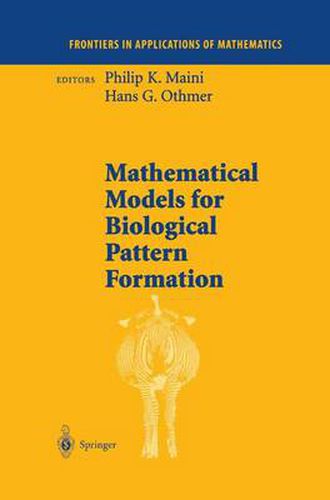Mathematical Models for Biological Pattern Formation

Mathematical Models for Biological Pattern Formation
This title is printed to order. This book may have been self-published. If so, we cannot guarantee the quality of the content. In the main most books will have gone through the editing process however some may not. We therefore suggest that you be aware of this before ordering this book. If in doubt check either the author or publisher’s details as we are unable to accept any returns unless they are faulty. Please contact us if you have any questions.
The formation of patterns in developing biological systems involves the spatio-temporal coordination of growth, cell-cell signalling, tissue movement, gene expression and cell differentiation. The interactions of these complex processes are generally nonlinear, and this mathematical modelling and analysis are needed to provide the framework in which to compute the outcome of different hypothesis on modes of interaction and to make experimentally testable predictions. This collection contains papers exploring several aspects of the hierarchy of processes occurring during pattern formation. A number of papers address the modelling of cell movement and deformation, with application to pattern formation within a collection of cells in response to external signalling cues. The results are considered in the context of pattern generation in Dictyostelium discoideum and bacterial colonies. A number of models at the macroscopic level explore the possible mechanisms underlying spatio-temporal pattern generation in early development, focussing on primitive streak, somitogenesis, vertebrate limb development and pigmentation patterning. The latter two applications consider in detail the effects of growth on patterning. The potential of models to generate more complex patterns are considered and models involving different modes of cell-cell signalling are investigated. Pattern selection is analyzed in the context of chemical Turing patterns, which serve as a paradigm for morphogenesis and a model for vegetation patterns is presented.
This item is not currently in-stock. It can be ordered online and is expected to ship in 7-14 days
Our stock data is updated periodically, and availability may change throughout the day for in-demand items. Please call the relevant shop for the most current stock information. Prices are subject to change without notice.
Sign in or become a Readings Member to add this title to a wishlist.


